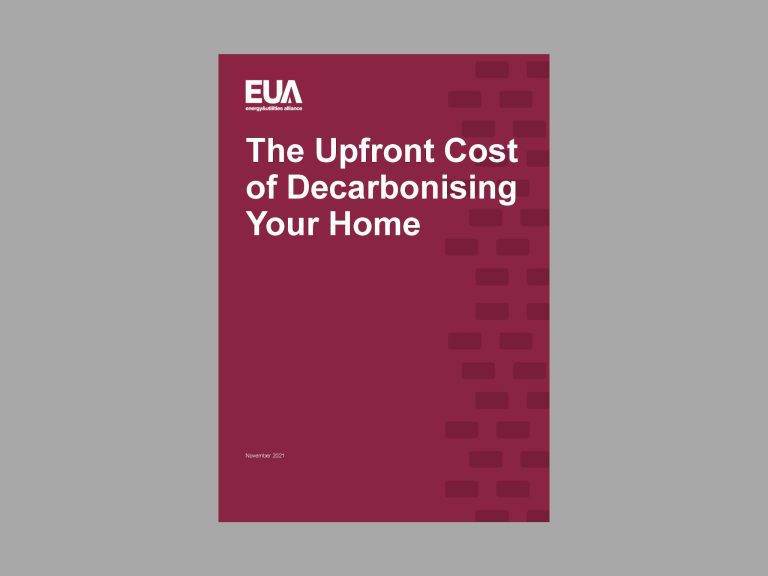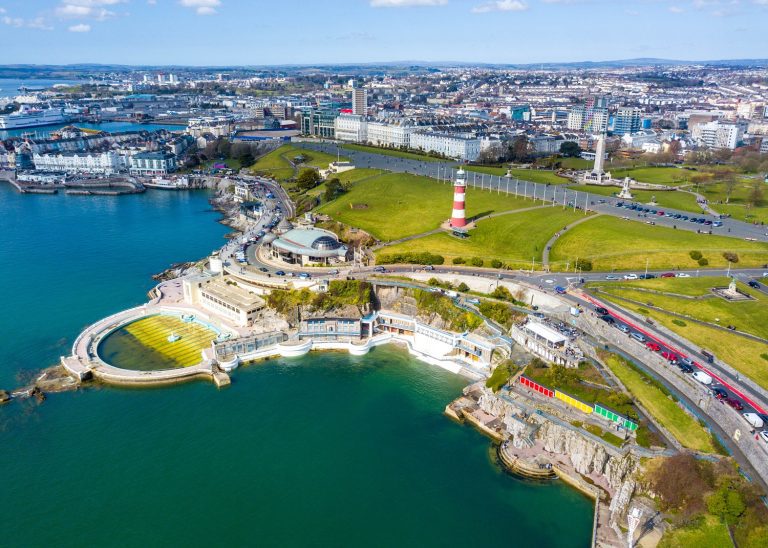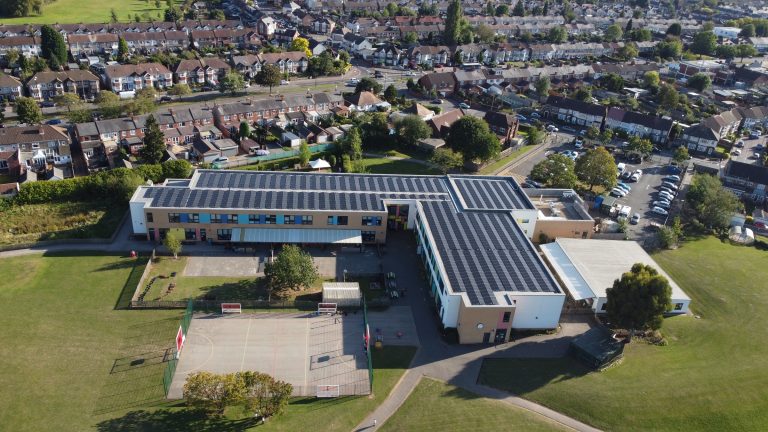Whether a power supply is being used in life-saving pieces of medical equipment, in transportation systems or even in a PC, all relevant parties need to be confident it will have a significant life cycle. This means they want a reliable piece of equipment that proves to be good value for money. As such, when creating a power supply, designers must make numerous decisions that will impact how long it is likely to last. Here are just three examples of things to be considered. 1. The electrolytic capacitor The electrolytic capacitor is ultimately what determines how long a power supply lasts as it has a finite lifespan — in other words, it is the only part that wears out. As XP Power’s technical director Gary Bocock explains: “Electrolytic capacitors are an essential component of AC-DC power supplies. They provide high Capacitance x Voltage (CV) and low Equivalent Series Resistance (ESR) in low-volume packages. There’s no alternative part that can do the job cost-effectively.” Choosing the correct one is crucial when designing a long-lasting power supply. Electrolytic capacitors manufacturers will specify the design lifetime at the maximum rated ambient temperature (typically 105°C), which can be anything from 1,000 hours to 10,000+ hours. Applied ripple currents also cause power dissipation within the electrolytic capacitor, and according to Bocock: “The maximum ripple current that may be applied to the capacitor is usually specified at maximum ambient temperature and 100/120 Hz.” Manufacturers must assess probable durability in order to help designers select the most appropriate electrolytic capacitor for the power supply they are creating. 2. Thermal management All power supplies generate heat as a by-product to some degree, but it is critical to manage the temperature in order to prevent damage that could decrease the life cycle of certain components within the power supply. As noted by O’Reilly Media, overloading, fan failure, inadequate air flow inside and outside of the system, and dirt and dust are just a few potential causes of overheating that can contribute to a reduced lifespan. Designers should consider incorporating cooling systems in order to dissipate heat and reduce potential damages. For example, installing a fan will be far more effective than natural air convection. However, as important as cooling is, designers also need to consider how a particular cooling system could impact other aspects of the power supply. In this case, a fan will consume power and therefore reduce the efficiency of the power supply, and may also be noisy. This won’t necessarily be an issue for all power supplies, but depending on the context, other cooling systems could be more appropriate, such as a heat transfer plate or maybe even a liquid cooling mechanism. 3. Insulation materials Choosing the correct insulation materials is vital in terms of both safety and efficiency. According to Bright Hub Engineering, examples of suitable options include “PVC, glass, asbestos, rigid laminate, varnish, resin, paper, Teflon, and rubber”. While designers may decide to use a variety depending on the particular power supply they are creating, they should avoid mismatched or incompatible insulation materials. Although combining different types may seem like a thoughtful way to ensure adequate voltage withstand capability, mixing insulators with varying degrees of permittivity means there will be uneven electric field intensity across the insulator, as per Kirchhoff’s Law. This could cause it to break down, which is why designers must keep this in mind when selecting insulation materials.














